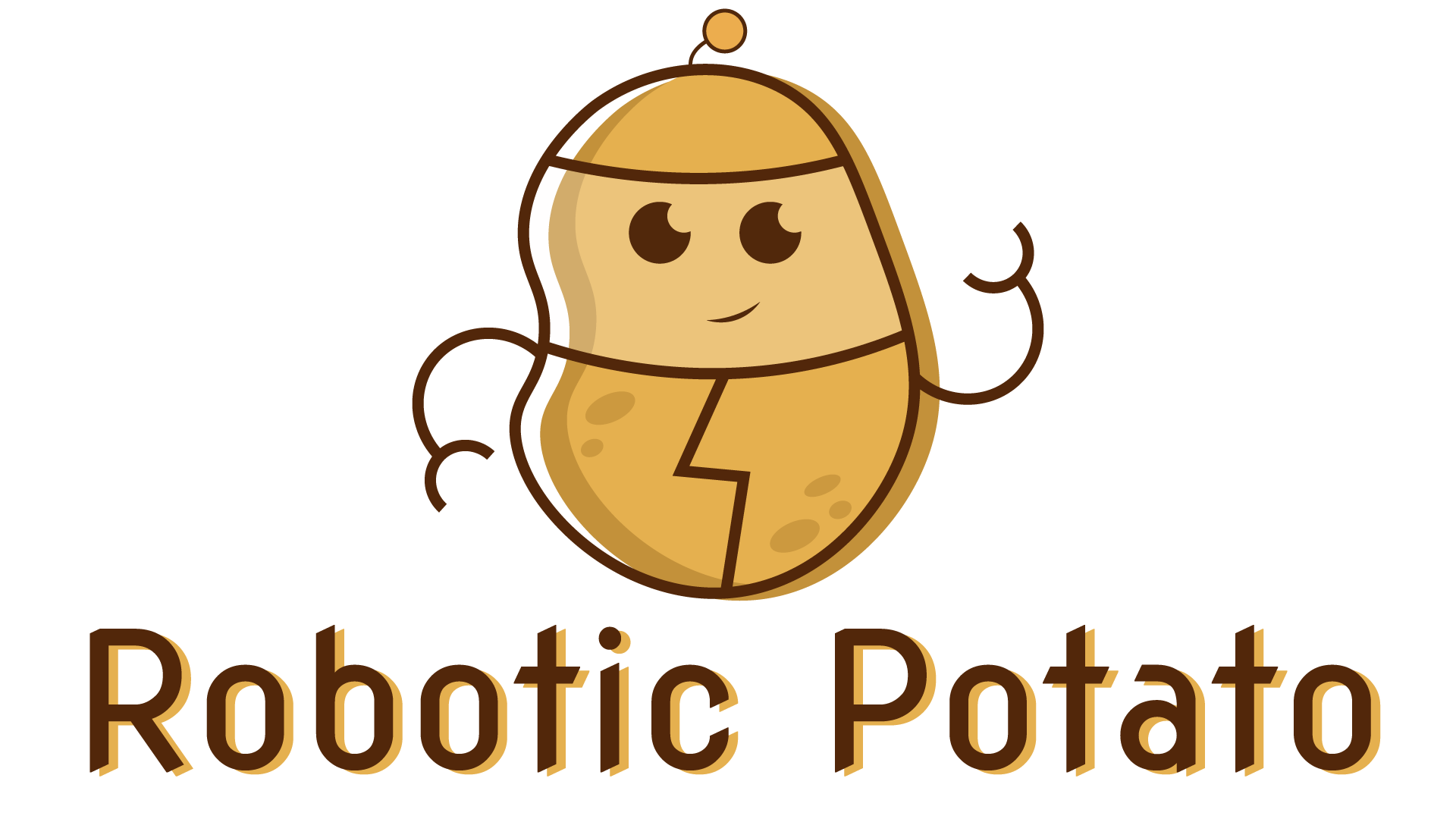In today’s fast-paced digital landscape, businesses are constantly seeking innovative ways to streamline their operations, reduce costs, and improve efficiency. One powerful solution has emerged in the form of AI-driven automation tools, which leverage artificial intelligence and machine learning algorithms to automate repetitive tasks, freeing up human resources for more strategic and creative pursuits. By harnessing the potential of these cutting-edge technologies, organizations can unlock significant productivity gains, enhance customer satisfaction, and stay ahead of the competition.

What is an AI Automation Tool?
An AI automation tool utilizes artificial intelligence techniques like machine learning algorithms, natural language processing (NLP), and computer vision to process and learn from large amounts of data.
- The primary function of an AI automation tool is to automate repetitive tasks, freeing up human resources for more complex and creative work.
- AI automation tools can be applied in various industries, including customer service, marketing, finance, and healthcare.
Types of AI Automation Tools:
- Rule-Based Systems: These systems use predefined rules to automate tasks, often relying on simple logic and decision-making.
- Machine Learning Models: These models use complex algorithms to analyze data and make predictions or decisions, often requiring significant training and fine-tuning.
- Natural Language Processing (NLP): NLP enables AI systems to understand, interpret, and generate human-like language, facilitating tasks like chatbots and virtual assistants.
Benefits of AI Automation Tools:
- Increased Efficiency: AI automation tools can perform tasks faster and more accurately than humans, reducing errors and improving overall productivity.
- Improved Accuracy: By leveraging machine learning and NLP, AI automation tools can reduce the likelihood of human error and improve the accuracy of tasks.
- Enhanced Customer Experience: AI-powered chatbots and virtual assistants can provide 24/7 support, helping customers quickly find answers to common questions and issues.
Real-World Applications of AI Automation Tools:
- Customer Service Chatbots: Many companies use AI-powered chatbots to handle customer inquiries, provide support, and offer personalized recommendations.
- Marketing Automation: AI automation tools can help marketers personalize campaigns, optimize ad targeting, and streamline lead generation.
- Financial Analysis: AI-powered tools can analyze financial data, identify trends, and provide predictive insights to inform investment decisions.
Choosing the Right AI Automation Tool:
- Assess Business Needs: Identify areas where AI automation can bring the most value and improve efficiency.
- Evaluate Tool Capabilities: Research and compare the features, scalability, and integrations offered by different AI automation tools.
- Consider Integration and Support: Ensure the chosen tool integrates seamlessly with existing systems and offers reliable support and maintenance.
Best AI Tool for Automation
I’m often asked which AI tool is best for automation, and my answer is always the same – it depends on your specific needs and goals.
- Automation Anywhere : A leading provider of RPA software, Automation Anywhere offers a robust platform for automating repetitive tasks and processes.
- UiPath : Another popular choice for RPA, UiPath provides a user-friendly interface and a wide range of features for automating tasks and workflows.
- Blue Prism : A pioneer in the RPA space, Blue Prism offers a scalable and secure platform for automating complex business processes.
- Microsoft Power Automate : Formerly known as Microsoft Flow, Power Automate is a cloud-based workflow automation tool that integrates seamlessly with Microsoft Office 365.
- Google Cloud Workflows : A fully managed service for building and managing workflows, Google Cloud Workflows allows you to automate tasks and processes using a visual interface.
When choosing the best AI tool for automation, consider factors such as ease of use, scalability, security, and integration with existing systems.
Key Features to Look for in an AI Automation Tool
- Robust Process Discovery : The ability to identify and map out complex business processes is crucial for effective automation.
- User-Friendly Interface : An intuitive interface makes it easier for non-technical users to design and deploy automated workflows.
- Scalability and Security : Choose a tool that can handle large volumes of data and ensures the security and integrity of sensitive information.
- Integration with Existing Systems : Seamless integration with existing systems and tools is essential for maximizing the benefits of automation.
Getting Started with AI Automation
To get started with AI automation, begin by identifying areas of your business that could benefit from automation.
- Assess Your Current Processes : Map out your current business processes and identify areas where automation could bring significant improvements.
- Select the Right Tool : Choose an AI automation tool that meets your specific needs and goals.
- Develop a Strategy : Create a plan for implementing automation and training employees on how to use the chosen tool.
- Monitor and Optimize : Continuously monitor the effectiveness of your automation efforts and make adjustments as needed.

What is AI Driven Tools?
An AI driven tool is a software application that utilizes artificial intelligence algorithms to perform specific tasks and solve complex problems.
- The primary function of AI driven tools is to automate repetitive and mundane tasks, freeing up human resources for more strategic and creative endeavors.
- These tools can be applied across various industries, including healthcare, finance, marketing, and education, to name a few.
Types of AI Driven Tools:
- Chatbots and Virtual Assistants: These tools utilize natural language processing (NLP) to engage with customers and provide personalized support.
- Image and Video Generation: AI driven tools can create high-quality images and videos using machine learning algorithms and deep learning techniques.
- Predictive Analytics: These tools use statistical models and machine learning algorithms to forecast future events and trends.
- Content Creation: AI driven tools can generate high-quality content, including articles, social media posts, and product descriptions.
Benefits of AI Driven Tools:
- Increased Efficiency: AI driven tools automate repetitive tasks, reducing manual labor and increasing productivity.
- Improved Accuracy: These tools minimize errors and inconsistencies, ensuring high-quality output.
- Enhanced Decision Making: AI driven tools provide data-driven insights, enabling informed decision making.
- Cost Savings: By automating tasks and reducing manual labor, AI driven tools can lead to significant cost savings.
Real World Applications:
- Customer Service Chatbots: Many companies use AI driven chatbots to provide 24/7 customer support and answer frequently asked questions.
- Virtual Personal Assistants: AI driven virtual assistants, such as Siri and Alexa, can perform tasks, set reminders, and control smart home devices.
- Marketing Automation: AI driven tools can personalize marketing campaigns, optimize ad targeting, and predict customer behavior.
- Healthcare Diagnosis: AI driven tools can analyze medical images, diagnose diseases, and develop personalized treatment plans.
Conclusion:
AI driven tools have revolutionized the way we work and interact with technology. From automating tasks to enhancing decision making, these tools offer numerous benefits and real-world applications. As AI continues to evolve, we can expect to see even more innovative and impactful uses of AI driven tools in the future.

What is AI-driven Test Automation?
AI-driven test automation is a transformative approach that integrates artificial intelligence technologies into the testing processes of software applications.
- It aims to enhance traditional testing methods by making them more efficient, accurate, and adaptive.
- This innovative approach utilizes machine learning algorithms and natural language processing techniques to automate testing tasks, reducing manual effort and increasing test coverage.
Key Benefits of AI-driven Test Automation
- Improved Efficiency: AI-driven test automation reduces the time and effort required to perform repetitive testing tasks, freeing up human testers to focus on high-value activities.
- Increased Accuracy: AI-powered testing tools can detect defects and anomalies more accurately than human testers, reducing the risk of false positives and false negatives.
- Enhanced Adaptability: AI-driven test automation allows for rapid adaptation to changing requirements and environments, ensuring that tests remain relevant and effective.
How AI-driven Test Automation Works
- Data Collection: AI-powered testing tools collect data on application behavior, user interactions, and environmental factors.
- Analysis and Modeling: Machine learning algorithms analyze the collected data and create models that predict application behavior under various scenarios.
- Test Generation: Based on the models created, AI-powered testing tools generate automated tests that simulate real-world user interactions.
- Execution and Feedback: The generated tests are executed against the application, and feedback is provided to the development team on defects and areas for improvement.
Real-world Applications of AI-driven Test Automation
- Mobile App Testing: AI-driven test automation is widely used in mobile app testing to ensure seamless user experiences across various devices and platforms.
- Web Application Testing: AI-powered testing tools are used to test web applications for security vulnerabilities, performance issues, and usability problems.
- API Testing: AI-driven test automation is applied to API testing to ensure that APIs behave correctly and meet functional and non-functional requirements.
Conclusion
AI-driven test automation has revolutionized the testing landscape by providing faster, more accurate, and more adaptable testing capabilities. As the technology continues to evolve, we can expect to see even greater adoption and innovation in the field of AI-driven test automation.
Automating Tasks with AI
I’m excited to share how you can harness the power of Artificial Intelligence (AI) to automate tasks and boost your productivity.
- Identify Repetitive Tasks
- Choose the Right AI Tools
- Zapier : An automation tool that connects various apps and services to streamline workflows.
- Automa : A platform that enables users to automate repetitive tasks and processes.
- PandaDoc : A document management solution that utilizes AI to automate document creation and approval processes.
- Configure and Integrate AI Tools
- Monitor and Refine Automation Processes
Start by examining your daily routine and pinpointing tasks that consume a significant amount of time and energy. These could be mundane chores, administrative duties, or even creative endeavors.
Select AI-powered software or platforms that cater to your needs. Some popular options include:
Once you’ve selected the suitable AI tools, configure and integrate them according to your requirements. This may involve setting up APIs, connecting accounts, or defining custom workflows.
Regularly monitor the performance of your automated tasks and refine the processes as needed. This ensures optimal efficiency and minimizes potential errors or bottlenecks.
Benefits of AI-Powered Automation
By leveraging AI to automate tasks, you can enjoy numerous benefits, including:
- Increased Productivity: Free up time and energy to focus on high-priority tasks and projects.
- Improved Accuracy: Reduce human error and ensure consistency in task execution.
- Enhanced Efficiency: Streamline workflows and optimize resource allocation.
- Cost Savings: Minimize labor costs associated with manual task completion.
Best Practices for AI-Powered Automation
To maximize the effectiveness of AI-powered automation, keep the following best practices in mind:
- Clearly Define Task Requirements: Ensure that AI tools understand the scope and objectives of each task.
- Select Suitable AI Tools: Choose platforms that align with your specific needs and goals.
- Continuously Monitor and Refine: Regularly evaluate and adjust automation processes to maintain optimal performance.

Is There Any AI Tool for Testing?
I’m excited to share my knowledge on AI testing tools, which can streamline your Quality Assurance (QA) process in 2024.
- Testim : An AI-powered test automation tool that accelerates the creation and maintenance of automated tests. It utilizes generative AI and machine learning algorithms to generate, execute, and maintain test cases, making it ideal for web-based software and mobile applications.
- Robot Framework : A generic open-source automation framework that supports various programming languages and frameworks. It offers a wide range of features, including keyword-driven testing, data-driven testing, and integration with popular testing libraries.
- Selenium : An open-source tool for automating web browsers, allowing developers to write tests in various programming languages. Selenium supports multiple browsers and platforms, making it a versatile choice for cross-browser testing.
- Cypress : A JavaScript-based testing framework that provides fast, easy-to-use, and reliable testing capabilities. Cypress offers features like snapshot testing, code coverage analysis, and integration with popular CI/CD tools.
- Katalon Studio : An integrated platform for automated testing, offering features like keyword-driven testing, data-driven testing, and integration with popular testing libraries. Katalon Studio supports multiple programming languages and frameworks.
- Appium : An open-source tool for automating mobile applications, supporting multiple platforms and programming languages. Appium allows developers to write tests for native, hybrid, and mobile web applications.
- TestComplete : A commercial testing tool that offers advanced features like object recognition, data-driven testing, and integration with popular testing libraries. TestComplete supports multiple programming languages and frameworks.
- Postman : A popular API testing tool that allows developers to write tests for RESTful APIs. Postman offers features like request mocking, parameterization, and integration with popular CI/CD tools.
- Detox : An open-source testing framework for React Native applications, offering features like snapshot testing, code coverage analysis, and integration with popular CI/CD tools.
- Pytest : A popular Python testing framework that offers features like fixture management, parameterization, and integration with popular CI/CD tools.
- Jest : A JavaScript testing framework developed by Facebook, offering features like snapshot testing, code coverage analysis, and integration with popular CI/CD tools.
In addition to these AI testing tools, I’d like to mention some notable competitors:
- Tricentis Tosca
- Micro Focus UFT
- IBM Rational Functional Tester
When choosing an AI testing tool, consider factors like ease of use, scalability, and integration with your existing infrastructure. Remember to evaluate the tool’s performance, reliability, and customer support before making a decision.
Conclusion
The AI testing tools listed above offer a range of features and benefits, from accelerated test creation to improved test maintenance. By considering your specific needs and evaluating the tools’ performance, you can choose the best AI testing solution for your organization.

0 Comments